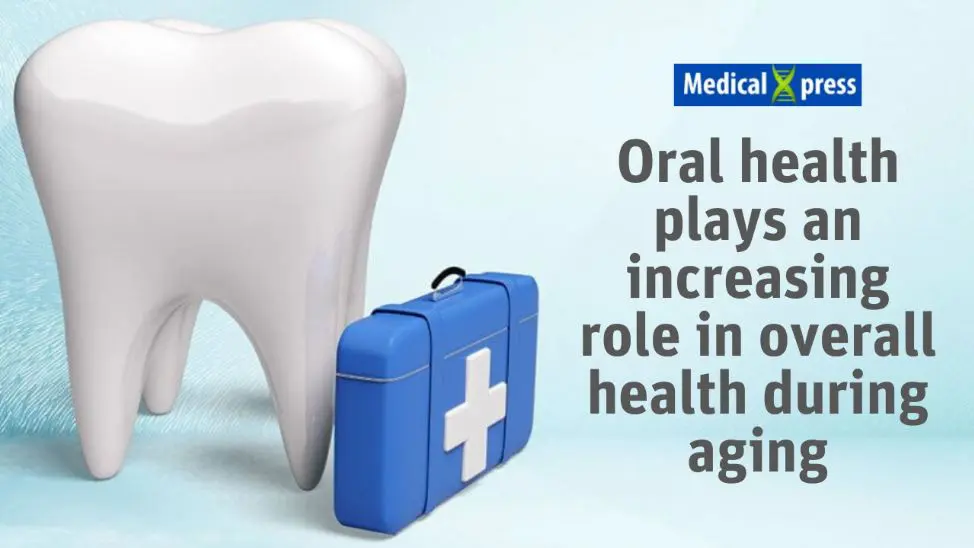All, Whole Body Health
Oral health plays an increasing role in overall health during aging
by Courtney Chandler, University of Connecticut
Oral health is a critical component to overall health for all ages, but according to dental and medical experts from UConn Health, vigilance is especially critical for the elderly.
In a review article recently published in the Journal of the American Geriatrics Society, the authors outline the potential complications that can arise from poor oral hygiene in older adults and cite the role of all health care professionals in working to promote good oral hygiene in this population.
“All health care professionals should work to promote good oral hygiene for their older patients,” said Dr. Patrick Coll, professor of family medicine and medicine at the UConn School of Medicine and lead author of the review article. They “should consider an oral examination during an annual wellness visit, especially for those patients who are not receiving regular dental care.”
The need is evident, say the authors. Data from the National Center for Health Statistics indicates that the prevalence of cavities is more than twice as high in older adults than younger adults. The prevalence of periodontitis—a serious gum infection that damages the soft tissue and destroys the bone that supports your teeth—also increases with age. As many as 64% of older adults in the U.S. have periodontitis.
Periodontitis is associated with a variety of medical conditions including cardiovascular disease and diabetes. Patients with replacement heart valves and prosthetic joints should be particularly careful regarding their oral hygiene, according to the authors.

It is well recognized that manipulation of teeth and their support structures can result in bacteria present in the oral cavity being released into the bloodstream, which may lead to infections in parts of the body far removed from the oral cavity, they write.
“Even tooth brushing for those who have poor oral hygiene can cause bacteria to be released into the bloodstream and these bacteria can potentially cause joint infections and heart valve infections,” says Coll.
Read the full article by CLICKING HERE


